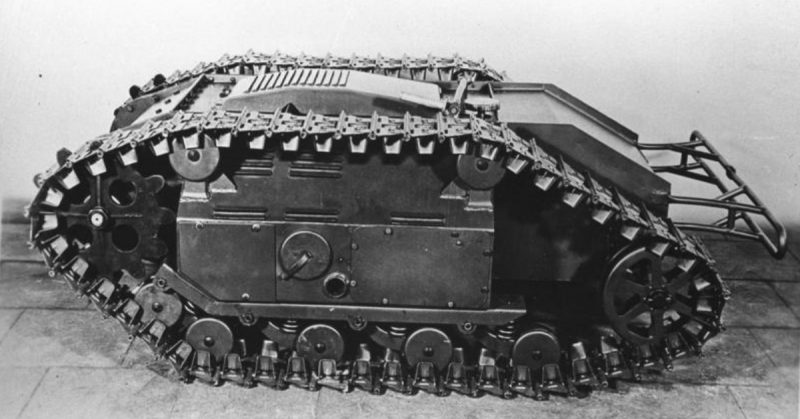Desperate times call for desperate measures, but sometimes soldiers were sent into battle with shockingly incompetent weaponry: either inherently seriously flawed, extremely outdated, insufficient for the task for which they were used, or a combination of all three.
The following examples are among the worst equipment with which soldiers were sent into battle in the World Wars. For the sake of this list, all examples are those used in combat in at least one of the world wars, so prototypes will be excluded.
Suicide/Kamikaze bombers will also be excluded because, although obviously terrible for the airmen manning them, they fulfilled their intended purpose.
Saint-Chamond (French WW1 Tank)
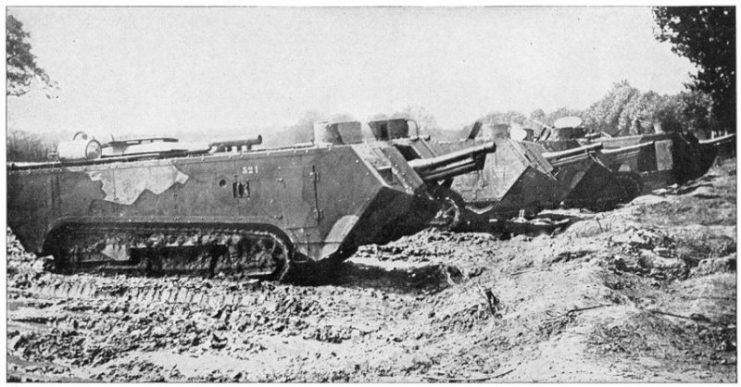
It may seem almost unfair to include the first French attempt at creating a tank on this list–after all, early World War I tanks are hardly well-regarded in general, but the Saint-Chamond stood out even in its time, and seemed to partially miss the point as to what tanks are created to do.
One of the key issues that plagued the Saint-Chamond was that the chassis hung over the treads significantly in both the front and back of the tank, thus making it unsuitable for going up or down inclines. This made it useless at times in the battlefields of France, as no-man’s land was riddled with debris and uneven terrain.
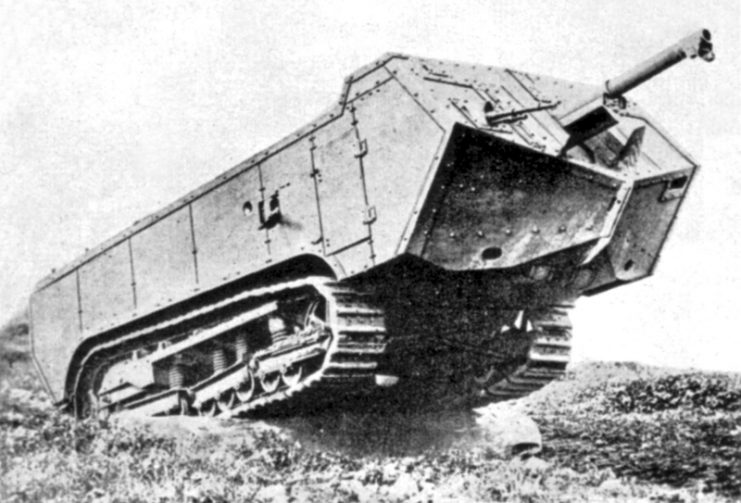
Additionally, in their first combat situation it was discovered that they went into trenches, rather than over them, due to the chassis overhang. Operating conditions were terrible, and numerous crews reported that the heat, lack of ventilation, rough ride, and noise led to motion sickness and suffocation.
Lastly, the heavy tank had a woefully underpowered engine. With its blistering top speed of seven miles per hour, German soldiers were able to catch up to it and throw grenades at it. Because it had a howitzer as its main armament, it saw some success against distant targets, but for short range combat its machine guns on each side had limited mobility.
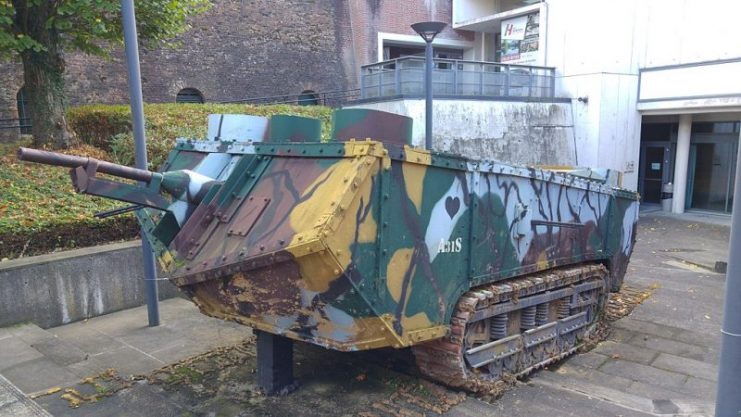
The Ross Rifle
In the words of one British officer it was “nothing short of murder to send out men against the enemy with such a weapon.” Indeed, the Canadian-made Ross Rifle was one of the most reviled weapons of the First World War. Nearly every part of the Ross Rifle was prone to failure.
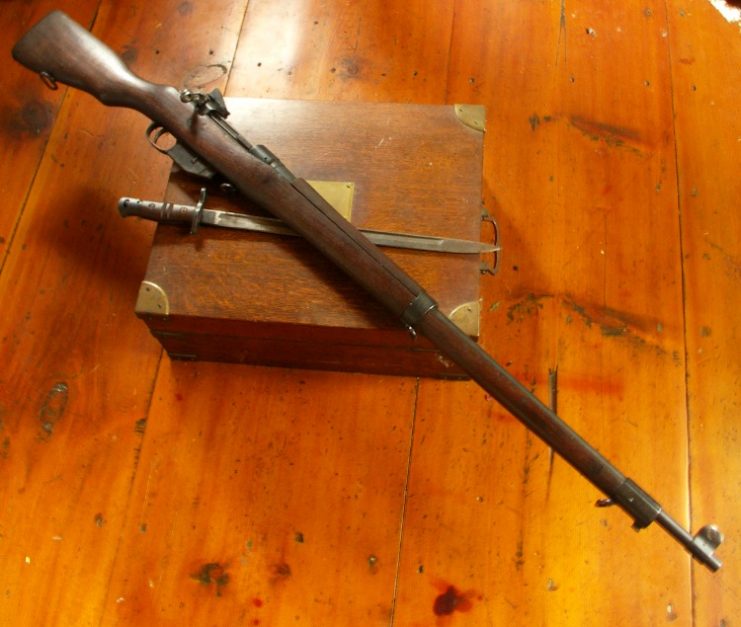
Most notably, the gun would constantly jam if it was not kept very clean, which was an impossibility in trench warfare. In addition, some parts were not the right size, causing parts of the gun to hit each other and become deformed. When it was cleaned, which it frequently needed to be, the bolt could be put back in backwards – there was no safety feature to prevent this – which would cause the bolt to fly in the operator’s face the next time it was fired.
During a bayonet charge, firing the gun could cause the bayonet to fall off. When these problems were all put together, Canadian soldiers were left with a gun that frequently could not fire, would lose its bayonet when fired, would deform itself beyond repair, and could be as serious a threat to the operator as the enemy.

SMS Schleswig-Holstein
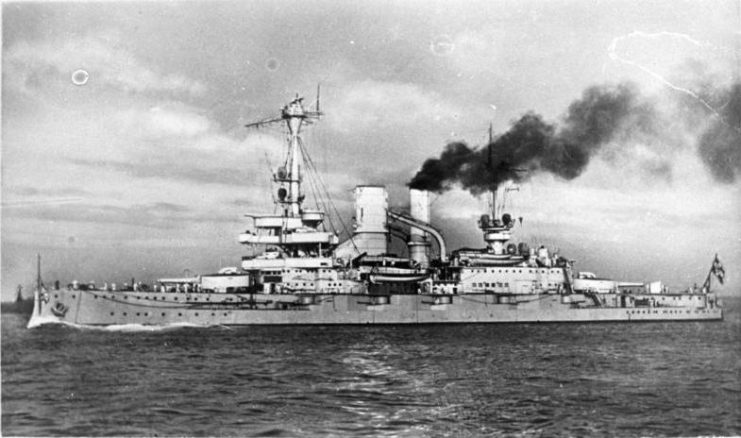
The German SMS Schleswig-Holstein was a mediocre ship at the time it was completed. Its armament was outclassed by the newest ships of other industrialized navies, but it could still serve as a decent component of a navy alongside newer ships.
Unfortunately for Germany, the Schleswig-Holstein was one of the pre-dreadnoughts commissioned by the German Empire in 1905. And Germany used it in World War 2. Only a year after they were commissioned, the British HMS Dreadnought would be completed, making the German versions obsolete.
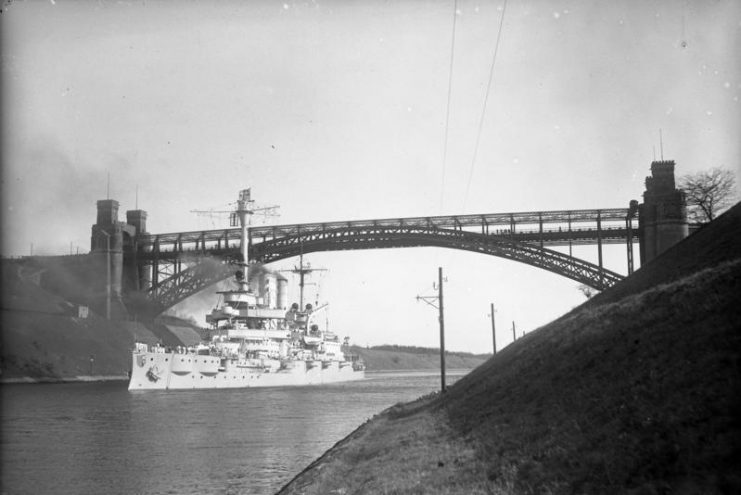
As a result, of the group of five Deutschland-class ships made between 1903 and 1908, only the Schleswig-Holstein and its sister ship, the Schlesien, survived to see service in the Second World War. Surprisingly, it was the Schleswig-Holstein that launched the Second World War in Europe, firing the first salvo against Poland on the morning of September 1, 1939.
Germany tried to keep the ship away from major combat, and it was mostly relegated to training duties until late in 1943, when a shortage of oil made its coal powered engines desirable. In 1944, she was refitted as a convoy escort ship, but was sunk by RAF bombers on December 18, 1944. Ultimately, this means that it was sunk on the first, and only, occasion in which it encountered a force that could fight back during the war.
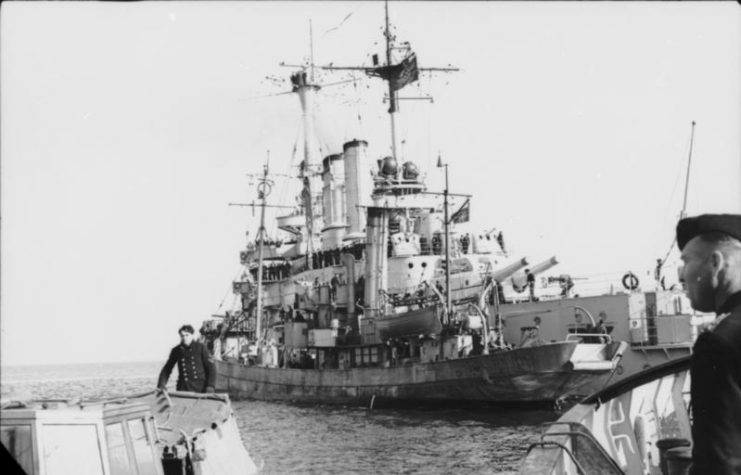
Lavochkin-Gorbunov-Gudkov LaGG-3
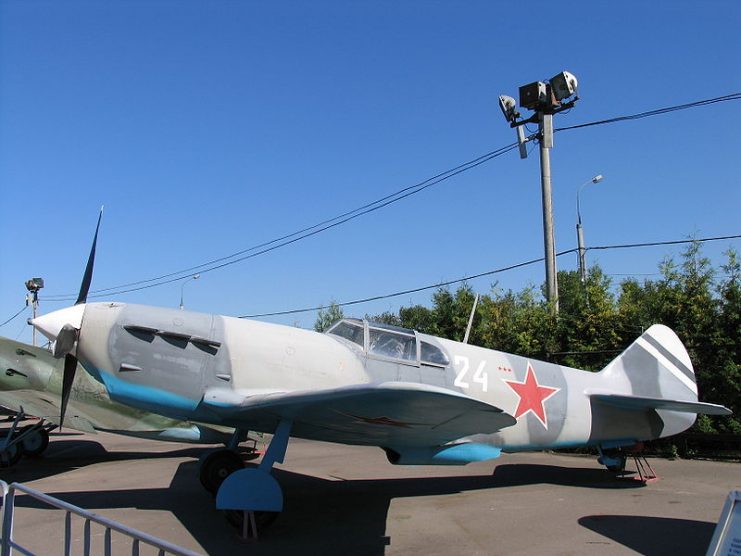
Referred to by pilots as the “varnished guaranteed coffin,” this fighter was used by the Soviets early in World War II, and was completely steamrolled by the Luftwaffe. Plagued by design flaws from the start, it had very low top speeds, a wooden hull that could break into pieces after only a few hits, and poor maneuverability that could lead to it going into a spin when turning.
Furthermore, it suffered from a weak engine that could not climb well, defective landing gear, and various other mechanical failures. When up against the main German fighters of the time, particularly the Messerschmitt Bf109, it was almost doomed. Ultimately, the nature of the Soviet war machine nonetheless kept the LaGG-3 in service until 1944.
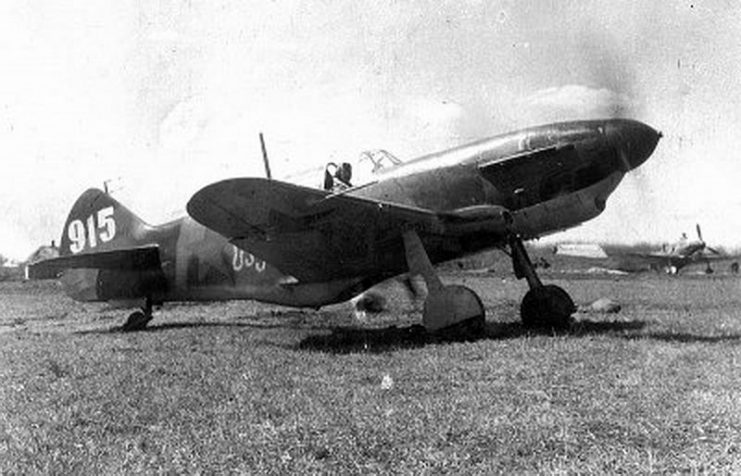
“One gun for two men”
Although often played up in the West, because this was actually quite rare, there are documented instances of Soviet soldiers in World War II being sent into battle with no gun, and instead being expected to pick up a weapon when a comrade fell. It was only penal battalions, comprised of deserters that were caught, that suffered this fate. This generally was a result of German encirclements that prevented supplies from being able to reach Soviet soldiers. Nonetheless, it’s hard to equip soldiers more poorly than not equipping them at all!
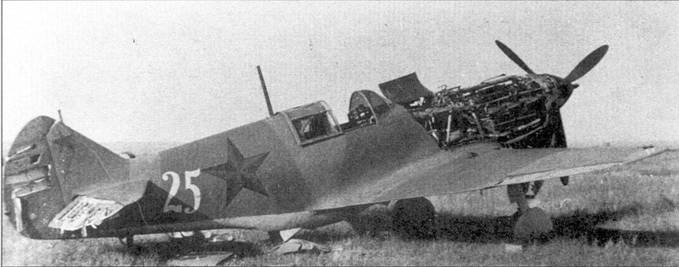
Honorable Mention
As an honorable mention it is worth considering the absolute disaster that was the Bob Semple “tank” in New Zealand, which was really a farming tractor with corrugated iron bolted onto it. It never saw combat, hence it is only an honorable mention on this list.
The overall incompetence of the creation was remarkable for any tank, let alone one that was meant to serve in the Second World War. Based on a design seen on a U.S. postage stamp, and built without any formal blueprints, the tank managed to be both unusually heavy and underarmored.
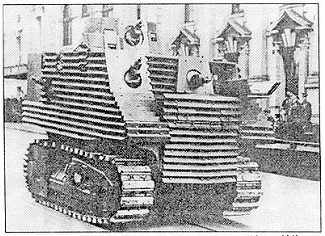
Since it only used corrugated iron for protection, it would have only hoped to survive small arms fire, let alone a hit from another tank. For offense, it had six light machine guns mounted on all sides of the vehicle, so it could not have damaged other tanks, either.
It was remarkably slow, in part due to the fact that it had to stop in order to shift gears unless it was going down hill. Despite these obvious flaws, it was still thought the vehicle would be of some use in combat, although it was admittedly a desperate measure.
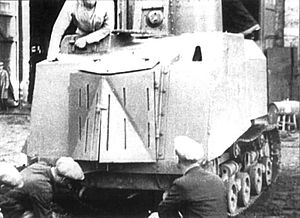
Read another story from us: This is NOT the Worst Tank in WWII – The Japanese “Ha-Go” Type 95 tank
It came at New Zealand’s darkest hour, when a Japanese invasion seemed imminent and civilians might have to rise up to fight the invaders. Unsurprisingly, after one went on parade it was widely mocked by the public, and probably served more to hurt morale than anything else.
